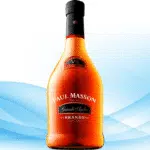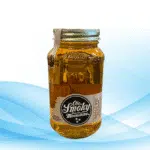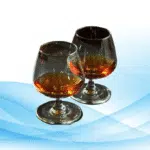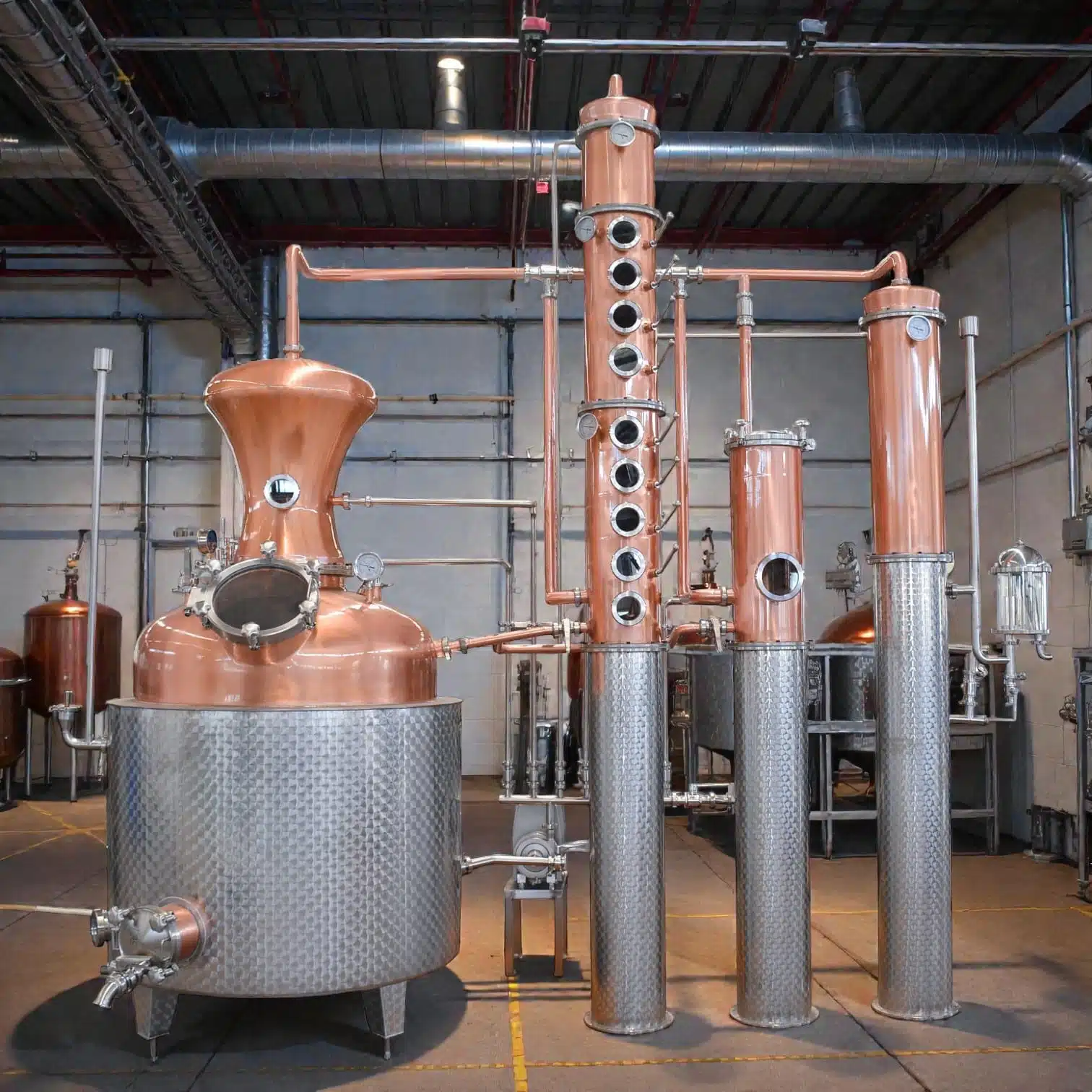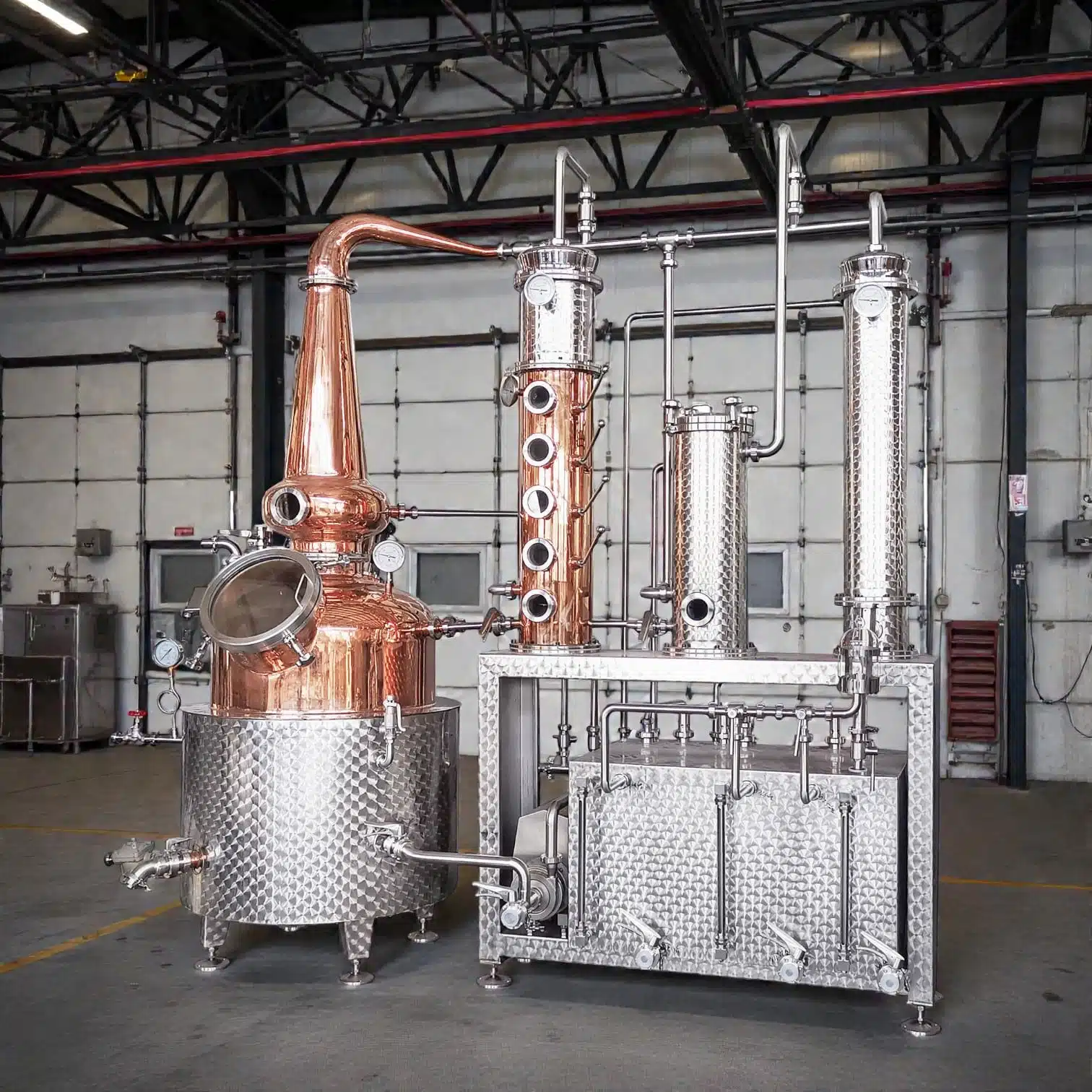How to Craft a Sophisticated Gin Martini – A Guide for All Cocktail Lovers
Have you heard the phrase ‘The martini is the ideal drink for any occasion’? Well, all of that gets perfectly captured in a gin martini, and that’s why everyone loves it. The phrase ‘all martinis are martinis but not all martinis are gin martinis’ couldn’t be more true, as a gin martini has class, elegance, and most of all simplicity. It is quite evident because almost every bartender seems to offer them on their menu. Why, you may ask? It’s because gin martinis are a crowd favorite, and this is why we’re writing this template, to explain all the parts, ingredients, and even the methods required to whip up this dinner piece. This also acts as a recipe to follow for people who are simply looking to best the closest gin martini. Now no matter what your preference is, be it a dry gin martini or one with extra vermouth, this template will explain how to craft the perfect gin martini for every occasion.

Equipment and Ingredients You’ll Need
Seems like we skipped the most important step before making a gin martini, the ingredients! So let’s go through everything you would need:
- Premium Quality Gin: When selecting the gin, all you need is a high quality variety, London Dry Gin works perfectly too, but you can switch it up if you’d like.
- Dry vermouth: This ingredient simply elevates the drink, beautifully complementing the flavor of gin.
- Ice: Large ice cubes are exactly what you need. It not only chills the drink, but does so without the feeling of dilution.
- Garnish: Well the final piece to the jig, depending on your taste, some green olives or a lemon twist would do.
- Mixing Glass or shaker: Having both of these tools is important in achieving a well-balanced ingredient gin martini.
A Comprehensive Guide to Making Gin Martinis

Here are a few mentions that are quite helpful when crafting the ideal gin martini:
Step 1: Chilling the Glass
First and foremost step, we’d recommend starting off by chilling a glass. To start, when a martini is served a common practice is to freeze a martini glass or, even, sit it in iced water. A cold glass enhances the taste and sharpness of the drink.
Step 2: Measuring Vermouth and Gin
Next, take a measurement of vermouth and gin. When it comes to the ratio of gin to vermouth, people seem to have different preferences, but the most common includes the following options:
- To make a 5:1 dry martini, it is 5 parts gin to 1 part vermouth, which is the standard dry martini ratio.
- For those who want an extra dry martini, the ratio is 10:1 as they require little amount of vermouth.
- 1:3 or 1:1 ratios is for those who want a wet martini or a martini that has a strong taste of both gin and wine.
Step 3: Mixing
Using a jigger, combine a mixing glass with a portion of 0.5 oz of dry vermouth and 2.5 oz of gin.
Step 4: Stirring with Ice
To make a standard martini, take your shaker or mixing bowl, add some ice, and stir it for 30 seconds. It’s expected that gin martinis will be stirred for maximum smoothness and clear appearance. Though it is fine to mix them, however the end result will in a slightly different taste and look, making it more murky.
Step 5: Straining into Chilled Glass
Using a strainer, pour out any ice remaining in the glass and take your gin martini and pour it into a cup.
Step 6: Garnishing
A lemon twist will add a fresh citrus aroma, while olives will add a touch of saltiness. This allows you to choose based on your taste profile. To garnish your drink, use a peeler to cut a strip of lemon zest and twirl it over the drink before dropping it in. Alternatively, add one or two cocktail olives by piercing them and placing them in the glass.
A Step-by-Step Guide to Making a Gin Martini
Choosing the Right Gin
The flavor of the gin that you pick is essential when making a martini. It is advisable to select them based on your preferences. The following suggestions are offered:
- London Dry Gin: A classic version that has a crisp and balanced taste.
- Plymouth Gin: This is a smoother gin that is slightly earthy, often found in classic martini gins.
- Botanical Gins: Gins nowadays have been spiced and herb-infused to add a unique flair to them, which may affect the authentic taste of a martini.
The Role of Vermouth
In some recipes, two parts gin and one part vermouth is a martini, that means using it sparingly, while some prefer more vermouth for additional taste. There are a variety of brands like Dolin and Noilly Prat that you can mix with your gin and experiment with to see what works best.
Shaker or Stirrer
For gin martinis, the classic approach makes use of stirring. However, for some gin martini lovers, it is acceptable to shake the drink, particularly for a colder martini with a water-like consistency. Experiment with both methods as needed to find your preference.
What Garnishes to Use
When it comes to garnishing these martinis, consider garnishes like lemon twists and olives. Here are some options:
- Lemon Twist: Ideal for those who like zest with their gin martini.
- Olives: Perfect for dry London gins that offer a touch of saltiness.
- Splash of Cocktail Onion: A great choice for a Gibson martini.
Alternative Martini Styles
- Gibson Martini: For a new twist, use a cocktail onion instead of an olive.
- Vesper Martini: A mix of vodka, gin, and Lillet Blanc—popularized by James Bond, this martini is one of a kind.
Frequently Asked Questions
- What gin is best for a martini? Due to its well-balanced botanicals, London Dry Gin is a great option for a classic gin martini. Other options include Plymouth Gin and botanical-infused gins.
- How do you make a dirty martini? For a dirty martini, mix gin and vermouth with 0.5 ounces of olive brine, and add olives as garnish to enhance the taste.
- Can I use vodka instead of gin? Yes, that would be a vodka martini. It has a creamier texture and a milder taste compared to a gin martini.
- How much vermouth should I add? It depends on taste preferences. A wet martini uses more vermouth, while a dry martini typically has a 5:1 gin-to-vermouth ratio.
- Is it better to shake or stir? Stirring maintains the martini’s smoothness and clarity, but a quick shake results in a slightly cloudier and cooler martini.

